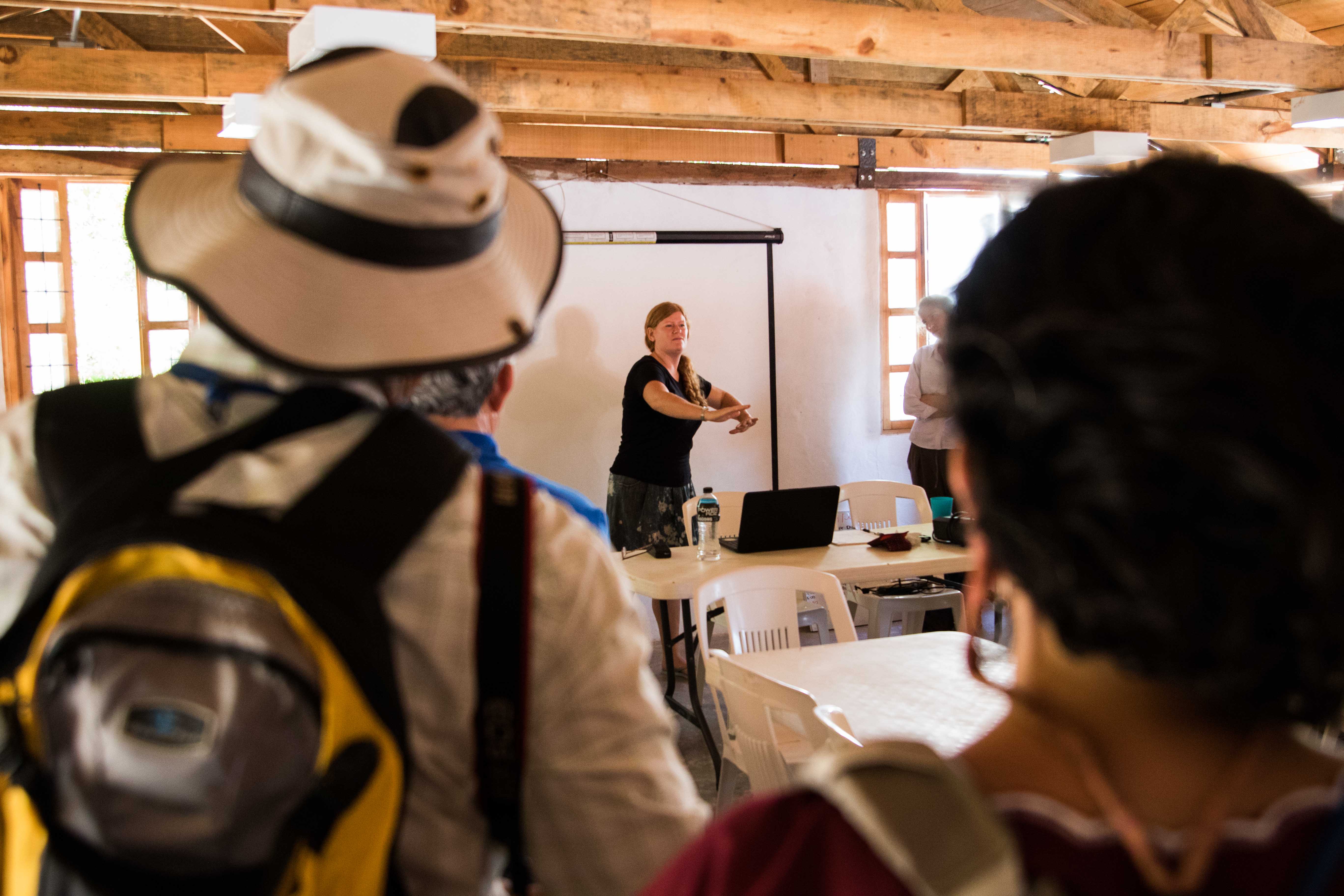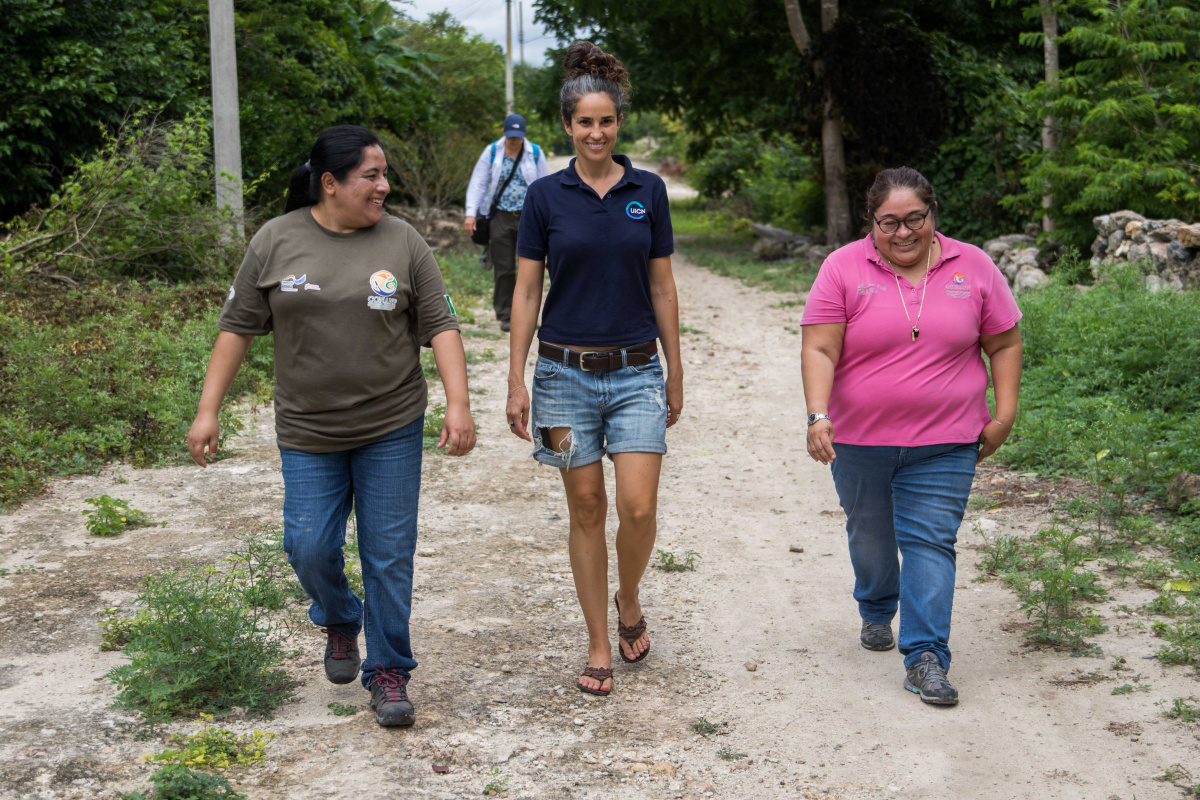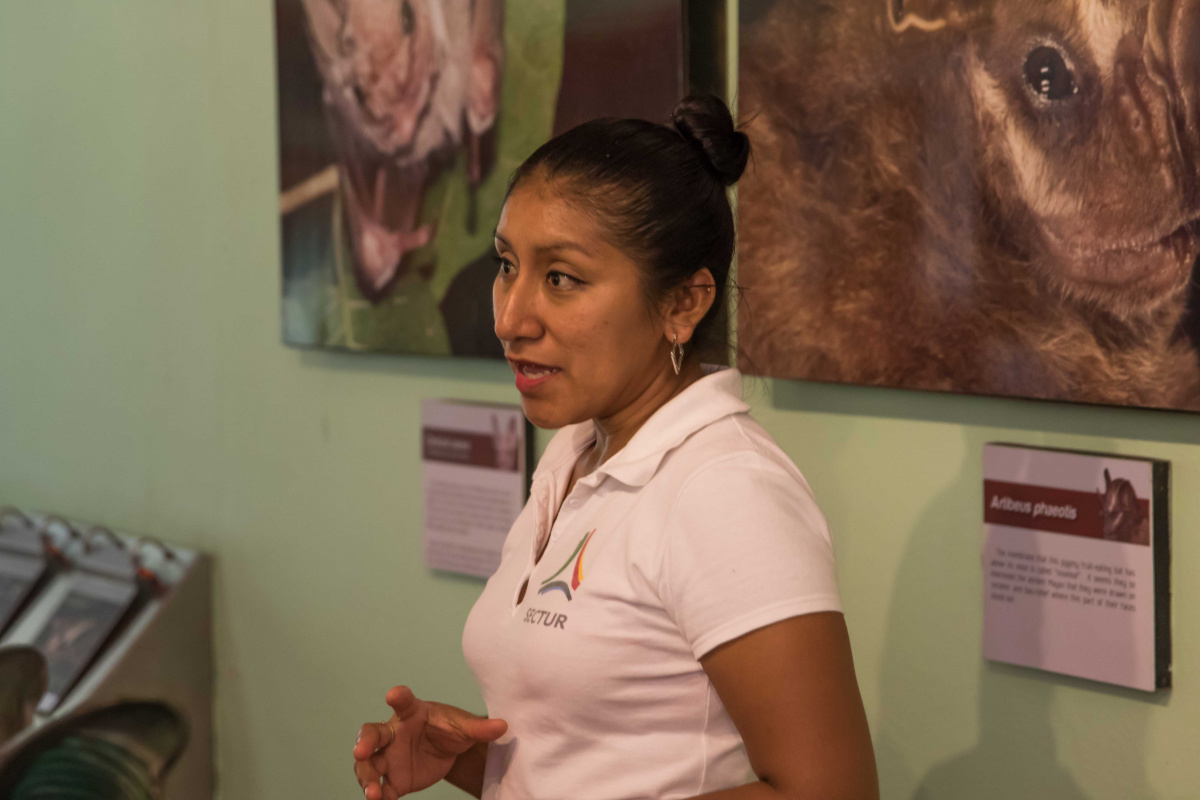Selva Maya Project mainstreams gender, practically and effectively
After four years of work, the Selva Maya Natural Resources Protection Project incorporated gender perspective in a document with clear guidelines and concrete actions for management effectiveness.
Selva Maya, June 24, 2021 (UICN). Shared by Belize, Guatemala and Mexico, Selva Maya represents one of the world’s most important ecological and cultural systems, with extensive tracts of tropical forests. It is the second largest block of important natural ecosystems in the Americas, after the Amazon Rainforest.
This corridor of protected natural areas provides numerous ecosystem services of national and global relevance for climate change adaptation and mitigation. It is also home to thousands of people dependent on primary economic activity for their livelihood, with few productive alternatives.
Women play a leading role in the Selva Maya setting. They make up 50% of indigenous peoples’ representation and in the region’s poorest sectors, experience significant gaps in access to information, education, employment and other areas. The impact of this inequality is a citizenry ill-equipped to participate constructively in decisions about critical issues affecting biodiversity.
To improve management effectiveness in protected natural areas through the significant involvement of people, communities and stakeholder groups, the Selva Maya Project worked on a consultation instrument for the adoption of criteria and standards on citizen participation aligned with the main international Human Rights instruments.
Plans for effective management have been formulated through consultation with local and stakeholder groups involved with management in some way or having some interest in the area.
“A review was conducted in the three countries to analyse each institution’s gender-related policies, and guidelines, strategies or directives concerning the obligation to incorporate gender perspective in their activities,” stated Melinka Nájera, technical officer, project and knowledge management for IUCN ORMACC.
The three countries worked on integrating gender in alignment with indicators of the United Nations 2030 Agenda and Sustainable Development Goals (SDGs), particularly Goal 5, “Achieve gender equality and empower all women and girls” and 17, “Strengthen the means of implementation and revitalize the global partnership for sustainable development”.
Gender indicator
The objective of the Selva Maya Project is for 80% of the protected areas attended to have updated management plans involving the communities and integrating a gender-inclusive approach. This means the three countries analysed national and international instruments alluding to such inclusion, bearing in mind each one’s own commitments in relation to gender.
 Las mujeres, dentro del entorno de la Selva Maya, tienen un rol preponderante, con aproximadamente el 50% de la representación en los pueblos indígenas y, en los sectores más pobres de la región.
Photo: Eric Ecker / UICN
Las mujeres, dentro del entorno de la Selva Maya, tienen un rol preponderante, con aproximadamente el 50% de la representación en los pueblos indígenas y, en los sectores más pobres de la región.
Photo: Eric Ecker / UICN
According to the IUCN specialist, “The idea of this tool is to implement the approach in a simple and practical way, so that any technician can carry it out. We obviously recommend having a gender specialist on the team formulating the management plan, but we also provide tools so that anyone can do it.”
Mexico began the work of producing guidelines for mainstreaming gender in the management plans of protected areas. This was done through an appraisal with the participation of all levels of the National Commission on Protected Natural Areas (CONANP, for its name in Spanish). “Knowing what people understand by gender perspective, what training they have received, what training needs they’re going to need, they expanded it, not just gender perspective but also to the issues of discrimination and human rights,” stated Melinka.
Mexico’s roadmap component pointed to a need for training in inclusive language and creating broader management plan instruments, and in certain areas where CONANP should strengthen social participation processes with gender perspective. Subsequent work focussed on practical instruments or methodologies so that technical teams can include them when formulating their management plans.
In Guatemala they worked at the regional level (Petén) and nationally, in a workshop analysing how to strengthen social participation with gender perspective and cultural relevance, and guidelines on terms of reference considered important. This was done by convening gender specialists, indigenous peoples and representatives of the Guatemalan Protected Areas System (SIGAP, for its name in Spanish), encompassing all of the regional directors of SIGAP’s different areas or departments.
“We did another workshop where we convened women first, women leaders and representatives of communities related to the areas where we work, to really see how these women were involved and the gaps for them in being able to engage in the general management of the protected areas and understand the protected area where they live and how they relate to the area. And also explore what they knew about formulating management plans and how much they had been involved in the making of those plans,” commented Nájera.
In Belize, efforts focussed on a participatory analysis through interviews with people representing sectors and stakeholder groups to ensure that indicators specifically included information about advances related to gender.
“The consultant in Belize contacted the Women’s Department (Ministry of Human Development), various directors of protected areas and leaders of communities or processes who could provide input, to ascertain how they perceived the people who actually participated in formulating management plans and especially, what the gaps were with women. The analysis became more bilateral with small local groups, done online due to the pandemic,” commented Nájera.
The consultation captured the outcomes and impacts of interventions for women, men and other relevant groups. From this, draft guidelines on gender inclusion and cultural relevance were generated for the Project, along with a frame for their adoption and implementation in alignment with national and international policies on assessing gender mainstreaming.
In short, mainstreaming gender in the Selva Maya Project has filled a gap through the creation of practical guidelines for applying inclusion policies in their programmes and projects.
“In these same guidelines, the [country] guides are telling you that the planning component, the context component or any other component has to have a management plan. That is where we come in with concrete recommendations to say how social participation can be included in this process and how you can do it with gender perspective. In other words, it means you have to pay special attention to including women and other vulnerable groups that, in many cases, are not taken into account,” concluded Nájera.
It is expected that these general guidelines on gender resulting from the appraisal and analysis of dozens of participants and specialists will be incorporated within each organisation involved in protected areas management, for their application. In this way, women in Selva Maya can benefit equally in decision-making processes, the negotiation of priorities and use of power.





